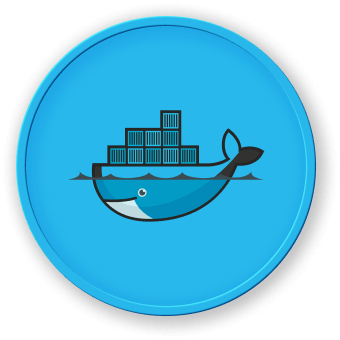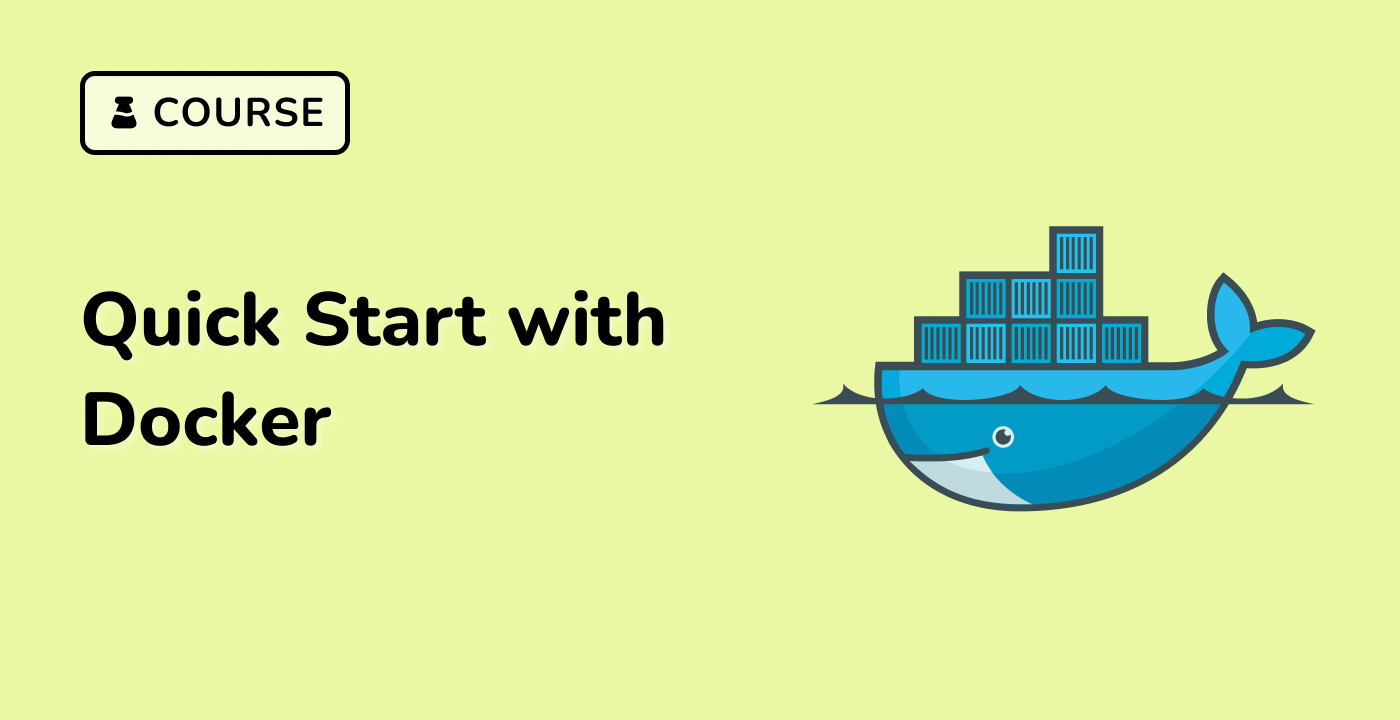Docker Fundamentals
Introduction to Docker Containerization
Docker is a powerful container technology that revolutionizes application deployment and development. Container technology enables developers to package applications with all their dependencies, ensuring consistent performance across different computing environments.
Core Concepts of Docker
What is Docker?
Docker is an open-source platform for containerization that allows developers to automate application deployment, scaling, and management. It provides a lightweight alternative to traditional virtual machines by creating isolated environments called containers.
Key Docker Components
| Component |
Description |
| Docker Engine |
Core runtime environment for creating and running containers |
| Docker Image |
Read-only template containing application code and dependencies |
| Docker Container |
Runnable instance of a Docker image |
| Dockerfile |
Text file defining container build instructions |
Docker Architecture
graph TD
A[Docker Client] --> B[Docker Daemon]
B --> C[Container Runtime]
B --> D[Image Registry]
D --> E[Docker Hub]
Basic Docker Commands and Examples
Installing Docker on Ubuntu 22.04
## Update system packages
sudo apt update
## Install Docker dependencies
sudo apt install apt-transport-https ca-certificates curl software-properties-common
## Add Docker's official GPG key
curl -fsSL | sudo gpg --dearmor -o /usr/share/keyrings/docker-archive-keyring.gpg
## Set up Docker repository
echo "deb [arch=amd64 signed-by=/usr/share/keyrings/docker-archive-keyring.gpg] $(lsb_release -cs) stable" | sudo tee /etc/apt/sources.list.d/docker.list > /dev/null
## Install Docker Engine
sudo apt update
sudo apt install docker-ce docker-ce-cli containerd.io
Basic Docker Operations
## Pull an image from Docker Hub
docker pull ubuntu:latest
## List available images
docker images
## Run a container
docker run -it ubuntu:latest /bin/bash
## List running containers
docker ps
## Stop a container
docker stop <container_id>
Container Technology Benefits
Docker containerization offers several advantages:
- Consistent application environments
- Faster deployment and scaling
- Reduced resource consumption
- Improved development workflow
- Platform independence
Use Cases for Docker Containers
Docker is widely used in:
- Microservices architecture
- Continuous Integration/Continuous Deployment (CI/CD)
- Cloud-native application development
- Development and testing environments




